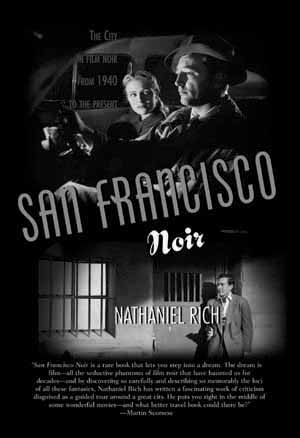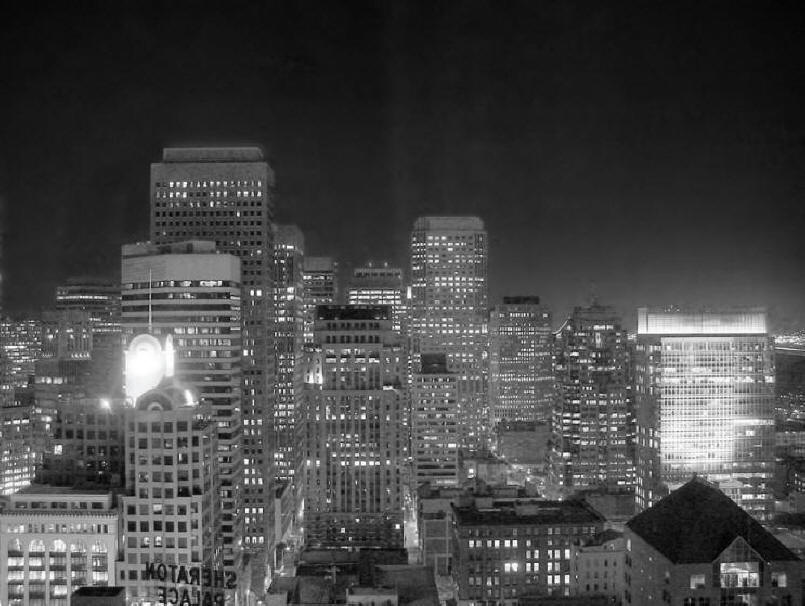| CHUCK'S (semi-annual) MONTHLY SPECIALS (In Dark City, time is subjective!) | ||
 |
 |
 |
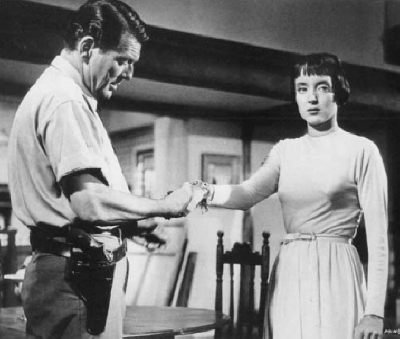 |
| #1 The Work of Robert Siodmak |
| Siodmak could be thought of as the premier director of the classic noir era. This of course like everything film noir, would be debated but several historical points add to this idea. For one, his noir work was mostly created in the 1940's when atmosphere was still King. Visual styling was and remains to this day a stereotypical feature most often identified first, when both novices and noirheads flash thoughts of film noir. Using visual elements from the Mystery and Horror genres , these early noirs |
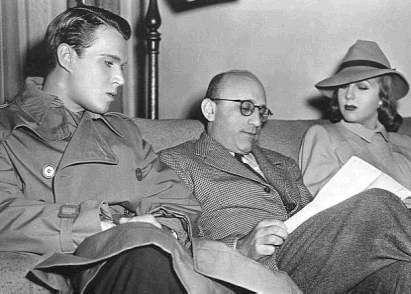 |
certainly are typical of the shadowy - low key lit world of Siodmak's vision. Secondly, his American film noir career started at Universal a studio which at the time, had a firm handle on all things "Creepy". Universal wasn't afraid to go over the top with any panic related subjects and his first film noir 'Phantom Lady' has some creepy moments i.e. Cliff the Drummer. 'Lady' was sandwiched between 'Son of Dracula' and 'Cobra Woman' in Siodmak's workload. All three films exist in a dreamlike world, an important element for the Noir syndrome to be effective. So Universal was an excellent point of departure for a director making films still waiting to be classified as film noir. | |
| Chance, geography and family history play an important role in the development of our featured noir director. Robert Siodmak was born American, but as a child moved with his family to Germany, where during the late 1920's he entered the German cinema along side Edgar G. Ulmer and other émigré directors. Roots man, Roots! ,..you can not talk about film noir and it's early influences without paying homage to the German Cinema. Siodmak was at the right place at the right time for | ||
| developing that style that we now know as film noir. Then the most notorious hit-man of all time Adolph Hitler rose to power and Siodmak was forced to escape Germany where he moved to France and made several films. In 1939 he arrived in Hollywood, worked at Paramount for awhile and then settled at Universal Pictures. |
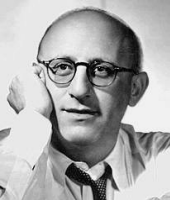 |
|
| His early experience in the German Cinema, the horrors of what was happening in Germany and being at the right studio in the early 1940's all contribute to the career of a brilliant director. Perhaps being born American gave him a insiders cultural intuition that the other Eastern European émigré directors had to develop. No matter, from Phantom Lady (1944) to Criss Cross (1949) in five short years Robert Siodmak gave us a few quintessential noirs. |
|
Phantom Lady (1944) [Director] Christmas Holiday (1944) [Director] The Suspect (1944) [Director] Conflict (1945) [Writer] The Strange Affair of Uncle Harry (1945) [Director]
|
The Spiral Staircase (1946)
[Director] The Killers (1946) [Director] The Dark Mirror (1946) [Director] Cry of the City (1948) [Director] Criss Cross (1949) [Director] The File on Thelma Jordon (1950) [Director] |
| Titles link to IMDb for plots and crews | |
|
MONTHLY SPECIAL: Thanks to that Blackboard regular Henley "The Bold One" |
|
|
(
he's the only one with the guts to tell Dark Marc to get off his
butt!! ) ........... TAKE ANY 3 ABOVE TITLES FOR $28.00 INCLUDING SHIPPING (dvd or vhs) TAKE ANY 4 ABOVE TITLES FOR $37.00 INCLUDING SHIPPING (dvd or vhs) ANY 7 ABOVE TITLES $ 50.00 SHIPPING IS FREE
|
|
|
_______________________________________________________________________________ |
|
